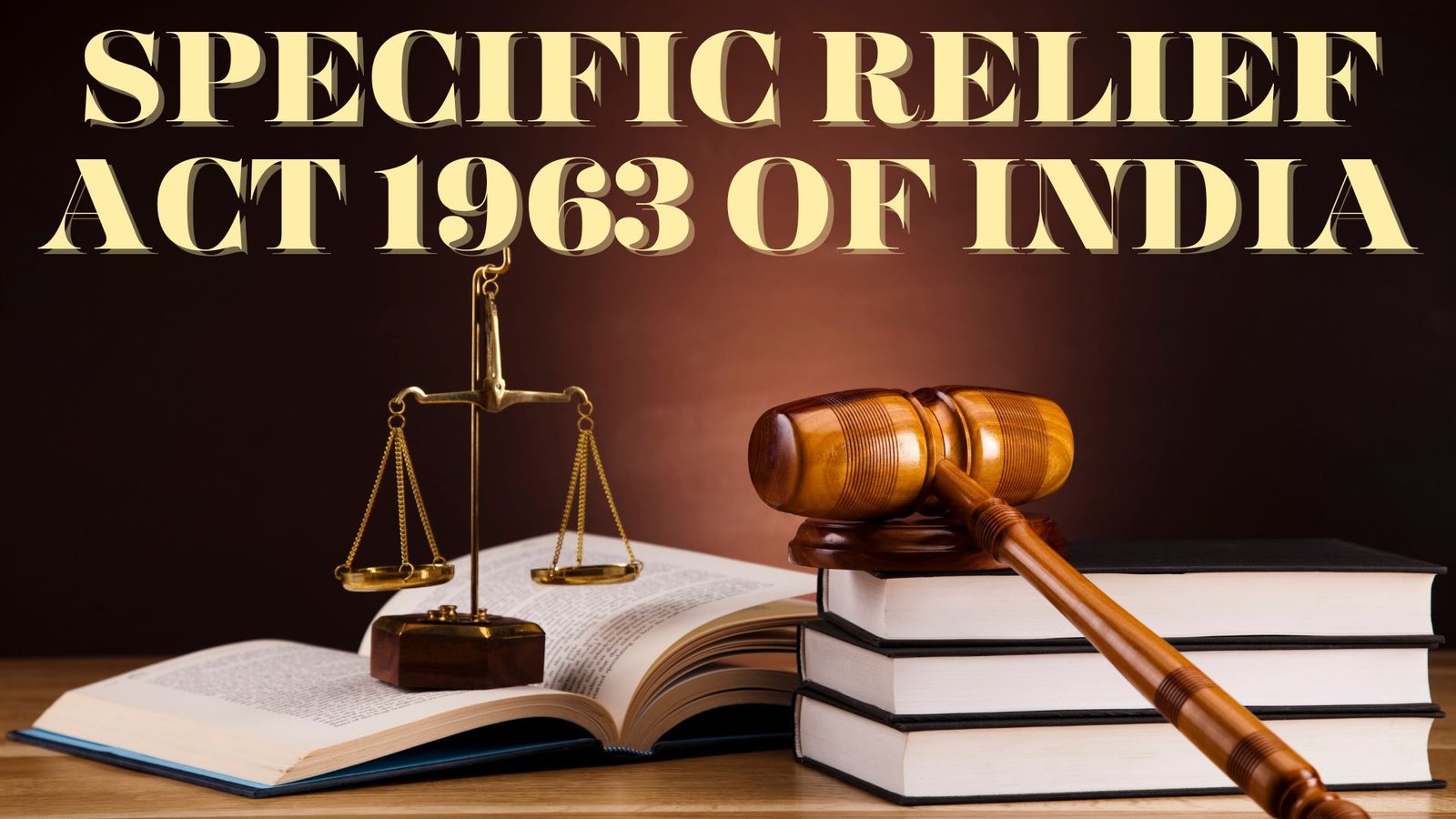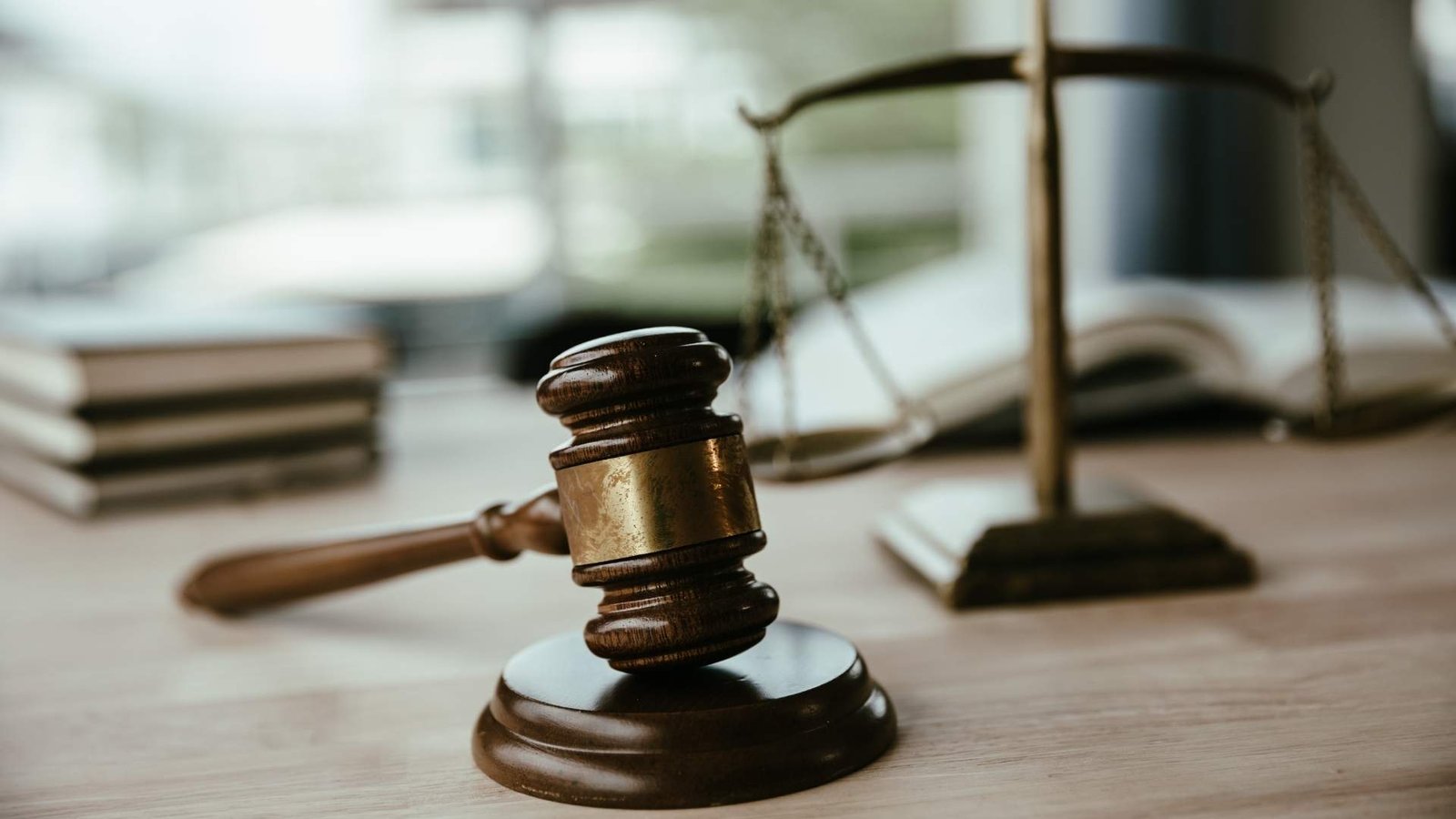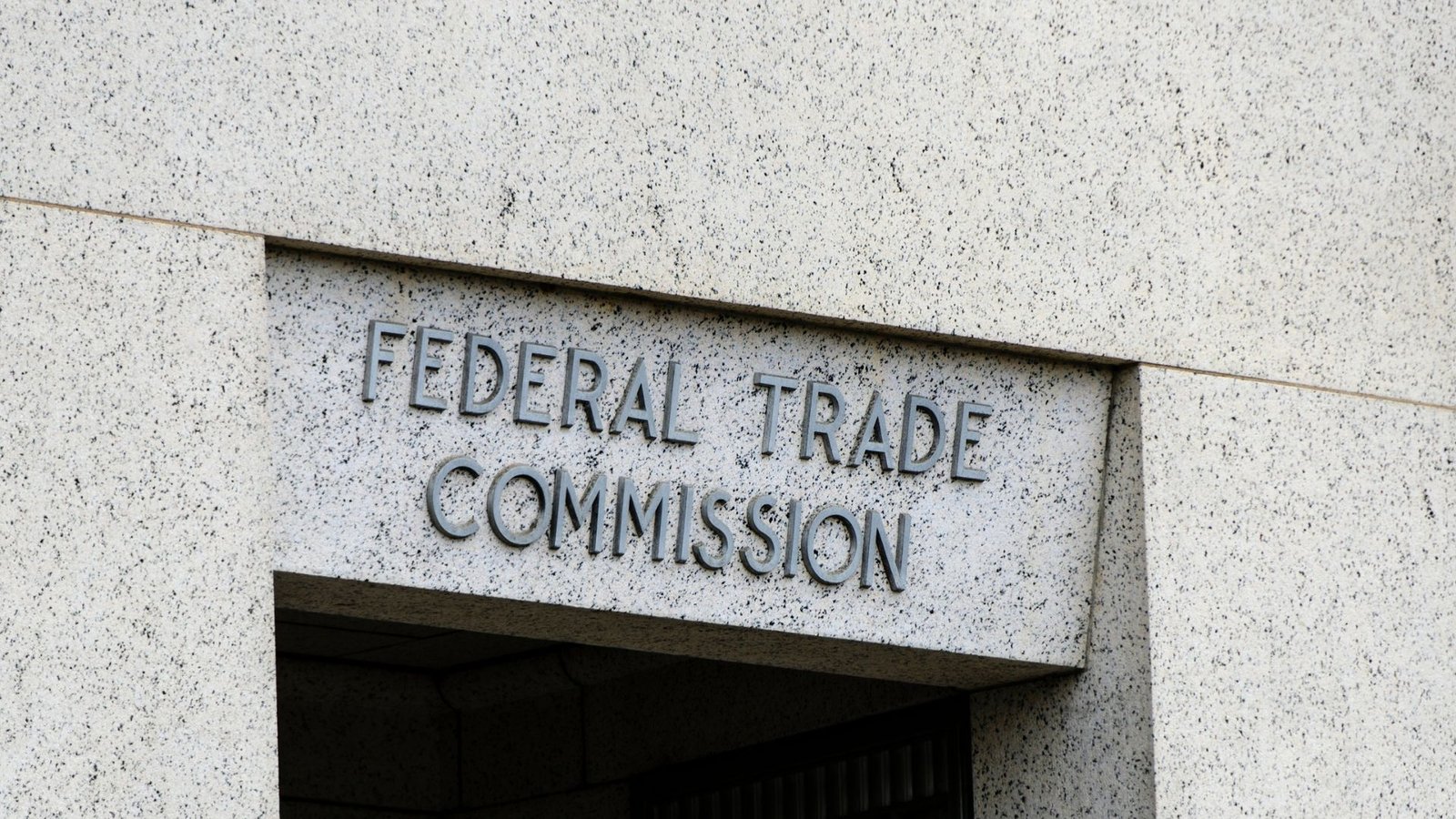On this page you will read detailed information about Public Liability Insurance Act 1991.
As a business owner in India, you have a legal obligation to obtain public liability insurance. This requirement stems from the Public Liability Insurance Act which was enacted in 1991. With this act, the Indian parliament aimed to provide immediate relief to persons affected by accidents occurring while handling hazardous substances. The act mandates that owners insure their business operations through a liability insurance policy. This overview will summarize key aspects of the Public Liability Insurance Act you need to know as an owner. Topics covered include the purpose of the act, who it applies to, required coverage amounts, and penalties for noncompliance. Understanding your duties under this law is crucial to avoiding legal issues.
What Is the Public Liability Insurance Act 1991?
The Public Liability Insurance Act, 1991 (PLIA) was enacted by the Parliament of India to provide immediate relief to victims of industrial accidents and disasters. Under the Act, the owner of any industrial unit involved in the handling of hazardous substances is mandated to take out insurance policies for providing compensation to those affected by any accident occurring during the production, storage or transportation of hazardous chemicals.
Objectives and Scope
The key objectives of the PLIA are:
- To impose liability on industries engaged in hazardous activities for accidents occurring due to their negligence.
- To establish an environmental relief fund for providing compensation to victims of industrial disasters.
- To mandate compulsory insurance cover for all hazardous installations against liability under the Act.
The Act applies to all owners of industrial units engaged in any hazardous activity, as defined under the Environment Protection Act, 1986. It covers accidents occurring during production, storage and transportation activities. Death, injury or damage to property arising from the release of hazardous chemicals are also included in its scope.
Compensation
Under the PLIA, an owner of a hazardous installation is liable to pay compensation to victims as determined by the Collector. The compensation is paid from an environmental relief fund established under the Act, and the installation owner has to contribute a prescribed amount to the fund every year. The Collector also has the power to recover the compensation amount from the installation owner. Failing to comply with the provisions of the Act, including failure to obtain insurance policies, is punishable with imprisonment and/or fine.
The compensation is paid expeditiously to victims of industrial disasters who face difficulties due to loss of life and property. The PLIA aims to ensure that the responsibility of hazardous industrial activities is borne by the industries themselves through compulsory insurance. This protects the interests of people affected by industrial accidents and pollution.
Objectives of the Public Liability Insurance Act
The Public Liability Insurance Act, 1991 aims to provide immediate relief to victims of accidents that occur while handling hazardous substances. The Act makes it mandatory for owners of hazardous units to take out public liability insurance policies.
Provide Financial Relief
The primary objective of the Act is to provide financial relief to victims of accidents through insurance claims. The owners of hazardous units are required to take out mandatory public liability insurance to ensure funds are available to compensate victims in the event of an accident. The insurance covers third party legal liability arising from accidents at hazardous units.
Ensure Safety Measures
The Act aims to promote safety measures at hazardous units by making insurance premiums dependent on the unit’s safety record. Units with poor safety records and higher risks of accidents will have to pay higher premiums. This encourages owners to implement strong safety mechanisms and follow recommended procedures to minimize accidents.
Deter Negligence
By requiring mandatory insurance and linking premiums to safety records, the Act aims to deter negligence on the part of owners of hazardous units. The threat of higher insurance costs and legal liability encourages owners to exercise maximum caution to prevent accidents. This improves overall safety standards and reduces the probability of accidents at hazardous units.
Protect Environment
The Act also aims to protect the environment by ensuring adequate compensation is available in the event of accidents that cause pollution or environmental damage. The mandatory insurance covers liability arising from environmental accidents, protecting the environment from irreversible damage.
In summary, the key objectives of the Public Liability Insurance Act are providing relief to victims, improving safety standards, deterring negligence, and protecting the environment. By making public liability insurance mandatory for hazardous units, the Act aims to minimize accidents, ensure accountability in case of accidents, and protect victims as well as the environment.
In the previous post, we had shared information about Understanding the Specific Relief Act 1963 of India, so read that post also.
Key Provisions of the Act
Defining Liability
The Act defines liability as the responsibility of a person for any damage caused to a third party by his act or omission. Under the Act, liability arises from any accident resulting from the use of hazardous substances, industrial activities or infrastructure.
Compulsory Insurance
The Act makes it mandatory for owners or operators of hazardous installations like factories, mines, railways, aircrafts, etc. to obtain insurance policies to cover their liability towards any third party in case of an accident. The insurance policy should adequately cover the liability that may arise from any accident. Failure to obtain such insurance is punishable under the Act.
Liability Limits
The Act prescribes liability limits, beyond which the owners or operators of hazardous installations will not be held liable for damages. The liability limits have been specified based on the nature of installation or activity. For example, the liability limit for factories is Rs. 500 crore, for aircrafts is Rs. 750 crore and for railways is Rs. 100 crore. These limits encourage owners and operators to obtain insurance for higher coverage.
Establishing Claims Commission
The Act provides for establishment of specialised Claims Commissions to determine liability and assess compensation in case of accidents covered under the Act. The Commissions will determine liability within 90 days and specify the compensation amount. Their order can be appealed in High Courts.
Right to Claim Compensation
The Act gives any person the right to claim compensation for damages caused to him or his property due to an accident. The claimant can directly file an application to the Claims Commission to determine the liability and award compensation. This makes the claims settlement process simpler and faster for the victims.
The provisions of this Act ensure that the liability of owners and operators is clearly defined and adequate compensation is available to victims of accidents from hazardous installations or activities. The mandatory insurance, liability limits and Claims Commissions facilitate a speedy settlement of claims arising from such accidents.
Obtaining Public Liability Insurance
To obtain public liability insurance in India, you will need to find an insurance provider that offers this type of coverage and purchase a policy from them. Major insurance companies in India like Bajaj Allianz General Insurance, HDFC ERGO General Insurance, and National Insurance Company offer public liability insurance policies.
Researching Policies
You should research the available public liability insurance policies to determine which coverage limits and additional features meet your needs. The policy should cover legal liability for third-party bodily injury and property damage arising from your business operations. Higher coverage limits, such as INR 1 crore or more, provide greater protection from large claims but also have higher premiums. Additional features may include coverage for product liability, tenant’s liability, or professional indemnity.
Comparing Quotes
Once you determine the type of coverage you need, obtain quotes from multiple insurance providers to compare. When comparing quotes, consider not just the premium amount but also the insurer’s financial stability, customer service ratings, and ease of claims processing. An insurer with a strong financial position and customer satisfaction rating may charge slightly higher premiums but provide greater peace of mind and hassle-free claims handling.
Purchasing Your Policy
After selecting an insurance provider and coverage option, you can purchase the policy by paying the full annual premium upfront or in installments. Most insurers allow you to pay premiums monthly, quarterly or half-yearly at an additional cost. Once you pay the premium, the insurer will provide you with a policy document outlining the details of your coverage along with a certificate of insurance as proof of policy.
Following these steps to research, compare and purchase a public liability insurance policy from a reputable insurer will help provide financial protection for your business by covering the costs of third-party claims arising from your operations. With the right coverage in place, you can focus on growing your business rather than worrying about the liabilities.
Claim Process Under the Act
To file a claim under the Public Liability Insurance Act, 1991, you must first notify the owner or operator of the hazardous activity about the damage caused to you within five days of the incident.
Notification of Claim
You must submit a written notice to the owner or operator, specifying the date and time of the incident, the particulars of damage caused, and details regarding the compensation sought. Failure to provide notice within the stipulated time period may result in denial of your claim.
Submission of Claim
Following the notice, you must file your claim for compensation with the insurer providing public liability cover to the owner or operator within five days. The claim should contain details of the damage caused to you, evidence in support of your claim such as medical bills or repair estimates, and the compensation amount sought.
The insurer may investigate your claim by visiting the site of the incident and examining relevant records and witnesses. They will determine the total compensation payable to you based on the nature and extent of damage, medical expenses incurred, loss of income, pain and suffering, etc.
Settlement of Claim
The insurer should settle or reject your claim within 90 days of receiving notice. If settled, the compensation amount will be paid to you. If rejected, the insurer must provide reasons for denying the claim. You may file an appeal against the rejection with the authority that granted the public liability insurance policy within 30 days.
The claims process under the Public Liability Insurance Act aims to provide fair and timely compensation to victims of accidents from hazardous activities. By following the proper procedures and timelines, you can ensure your right to claim compensation for the damages suffered. The Act makes it mandatory for owners and operators of hazardous enterprises to have insurance coverage to protect the public from the consequences of any accident.
Recent Amendments to the Public Liability Insurance Act
The Public Liability Insurance Act, 1991 was enacted to provide relief to victims of accidents that occur due to handling of hazardous substances. In order to strengthen the Act and specify the scope of liability, certain amendments were introduced in 1992, 2010, and 2019.
The 1992 amendment included the incorporation of Section 3A to provide relief for damage to the environment. It also included several hazardous substances in the Schedule. The 2010 amendment proposed to increase the liability limits of the owner from Rs. 5 crores to Rs. 10 crores in case of an accident at an installation. It also included the liability of the insurer to satisfy the award within 30 days of the order.
The 2019 amendment proposed major changes to expand the scope of the Act. It included a new definition for “accident” to include any continuous emission, discharge, escape or spillage of hazardous or polluting substances that presents a threat of damage. It also redefined “owner” to include any person who has control over the affairs of the factory or premises. The Central Government may add certain substances to the Schedule of hazardous substances through notification. The liability limit of Rs. 10 crores was removed, allowing the Claims Commissioner to determine liability on a case-to-case basis.
To summarize, the amendments made to the Public Liability Insurance Act, 1991 have aimed to widen the scope of liability and ensure adequate compensation to victims of accidents from hazardous substances. The 2019 amendment in particular has made the owners of premises that handle such substances more accountable in case of emissions or spills that cause damage. Overall, the changes have strengthened the objective of the Act to provide relief and rehabilitation to victims of such accidents.
Case Studies Related to the Act
The Public Liability Insurance Act, 1991 was enacted to provide immediate relief to victims of accidents. Two relevant case studies are discussed below:
In P. Ramanatha Aiyar v. Union of India, the petitioner was injured in a motor vehicle accident in Tamil Nadu. At the time, the offending vehicle did not have a valid insurance policy as required under the Motor Vehicles Act, 1988. The petitioner filed a writ petition seeking compensation. The Madras High Court held that the liability to pay compensation vested with the owner of the vehicle, and the Government of Tamil Nadu was directed to pay the compensation amount from the public liability insurance fund established under the Public Liability Insurance Act, 1991.
In another case, M.C. Mehta v. Union of India, the Supreme Court held that hazardous industries engaged in inherently dangerous activities have an absolute and non-delegable duty to compensate victims of accidents. The court directed the Government of India to constitute a National Environment Tribunal to determine compensation in such cases. It also directed defaulting industries to contribute a percentage of their turnover to the public liability insurance fund under the 1991 Act.
These cases demonstrate the broad scope and applicability of the Public Liability Insurance Act, 1991. The Act ensures that victims of accidents arising from hazardous industrial activities are adequately compensated, especially when the offending parties are unable to do so. The establishment of the public liability insurance fund and the wide powers vested in tribunals and courts to determine compensation and penalize defaulters give effect to the beneficent purpose of the Act. Overall, the Act has been instrumental in providing access to justice for victims of accidents and ensuring that industries engage in hazardous activities exercise greater responsibility. By requiring mandatory insurance coverage, defaulters face financial consequences, creating an incentive for better safety standards and compliance
Public Liability Insurance Act 1991 FAQs
The Public Liability Insurance Act, 1991 requires certain companies and organizations to obtain public liability insurance to provide compensation in the event of accidental damage to property, bodily injury or loss of life caused by the negligence of the insured or their employees. If you operate a business covered under the Act, it’s important to understand your obligations to avoid facing legal consequences.
The Act applies to a wide range of companies and entities that deal with hazardous substances or engage in dangerous activities. This includes factories, warehouses, contractors, suppliers, and more. Essentially, any business that poses a risk of damage or injury due to negligence would likely require coverage under the Act. Some examples are manufacturers, builders, miners, and transporters of hazardous goods.
The specific insurance requirements depend on the nature of your business and associated risks. The government determines minimum coverage amounts, which are typically in the range of Rs. 5 to 50 lakh. The insurance must cover legal liability for death, bodily injury and property damage that could result from your business operations. Higher risk businesses will need greater coverage.
Non-compliance with the Public Liability Insurance Act can result in legal prosecution, fines and even imprisonment. The government may issue a show cause notice requiring the business to obtain insurance immediately. Failure to do so within the stipulated time can lead to penalties, closure of business, and in some cases, jail time of up to 3 years. It’s critical for covered businesses to understand their obligations under the Act and maintain continuous insurance coverage.
No, the Act specifies certain approved general insurance companies from which businesses can purchase public liability policies. Some of the approved insurers include National Insurance Company, New India Assurance, Oriental Insurance Company and United India Insurance Company. These are all public sector general insurance companies in India. Private insurers are not permitted to offer public liability insurance under the Act.
Conclusion
In summary, the Public Liability Insurance Act of 1991 was a landmark legislation that made it mandatory for owners to obtain insurance policies that would provide compensation in case of accidents occurring on their premises. The Act has served to protect the interests of the public at large and ensured that victims receive due compensation. Going forward, the need of the hour is to ensure that adequate awareness is generated around the provisions of this Act so that more citizens are cognizant of their rights. The onus also lies on owners to be diligent in procuring and renewing the policies well in time. With collective efforts, the Public Liability Insurance Act can continue to safeguard people visiting public spaces across the country.
Disclaimer
The information and services on this website are not intended to and shall not be used as legal advice. You should consult a Legal Professional for any legal or solicited advice. While we have good faith and our own independent research to every information listed on the website and do our best to ensure that the data provided is accurate. However, we do not guarantee the information provided is accurate and make no representation or warranty of any kind, express or implied, regarding the accuracy, adequacy, validity, reliability, availability, or completeness of any information on the Site. UNDER NO CIRCUMSTANCES SHALL WE HAVE ANY LIABILITY TO YOU FOR ANY LOSS OR DAMAGE OF ANY KIND INCURRED AS A RESULT OR RELIANCE ON ANY INFORMATION PROVIDED ON THE SITE. YOUR USE OF THE SITE AND YOUR RELIANCE ON ANY INFORMATION ON THE SITE IS SOLELY AT YOUR OWN RISK. Comments on this website are the sole responsibility of their writers so the accuracy, completeness, veracity, honesty, factuality and politeness of comments are not guaranteed.
So friends, today we talked about Public Liability Insurance Act 1991, hope you liked our post.
If you liked the information about Public Liability Insurance Act 1991, then definitely share this article with your friends.
Knowing about laws can make you feel super smart ! If you find value in the content you may consider joining our not for profit Legal Community ! You can ask unlimited questions on WhatsApp and get answers. You can DM or send your name & number to 8208309918 on WhatsApp








